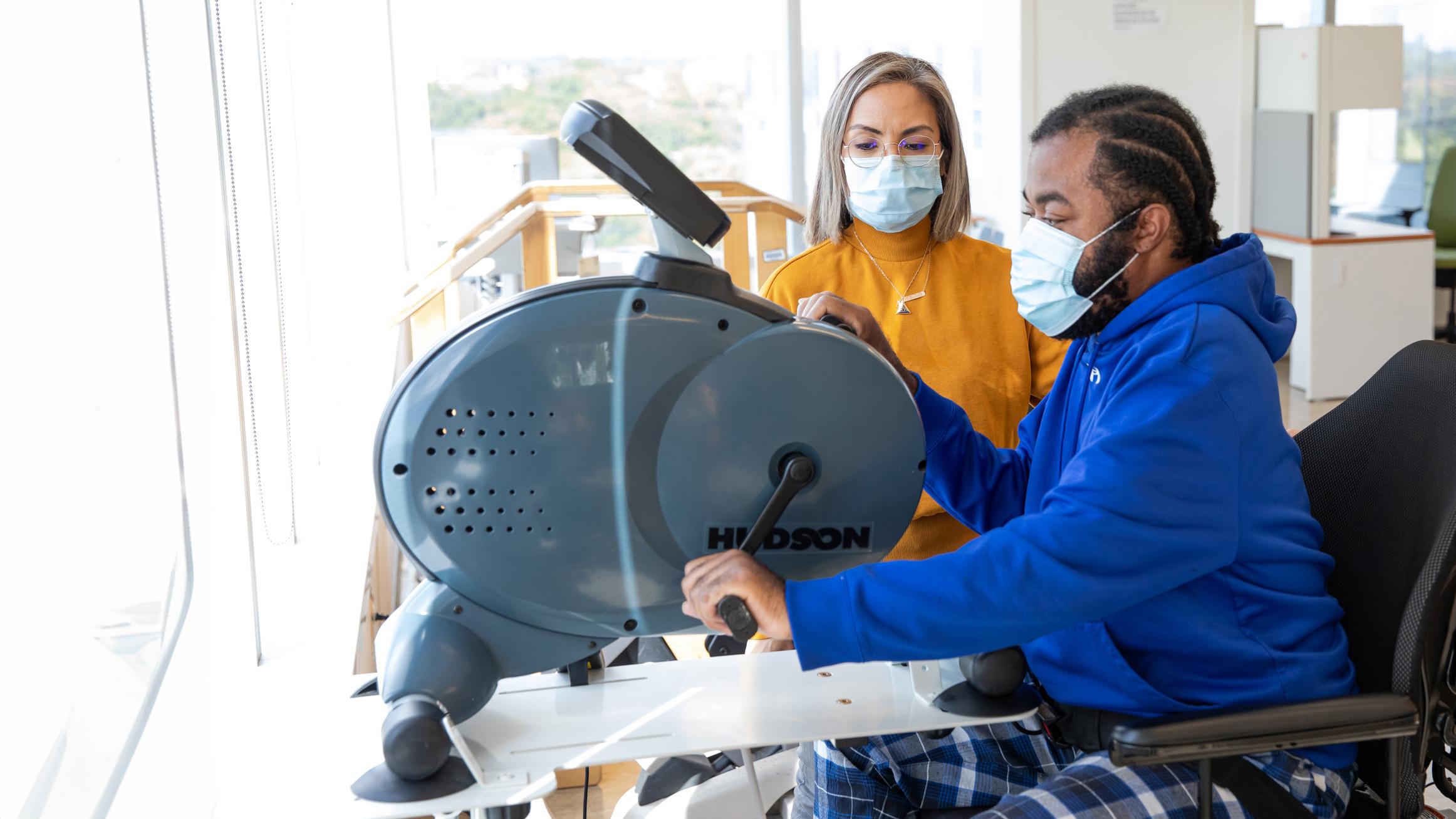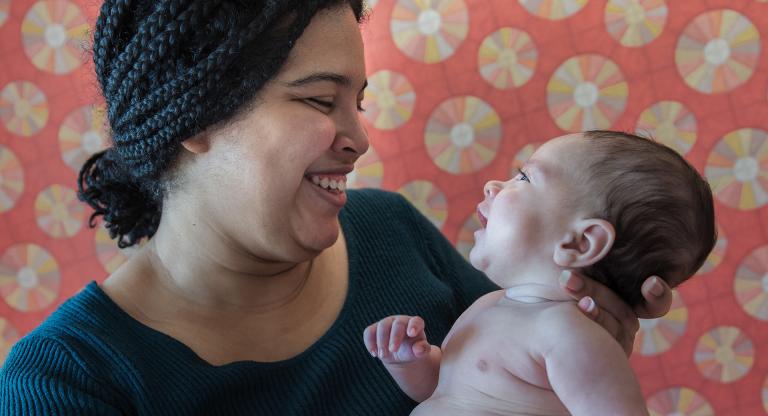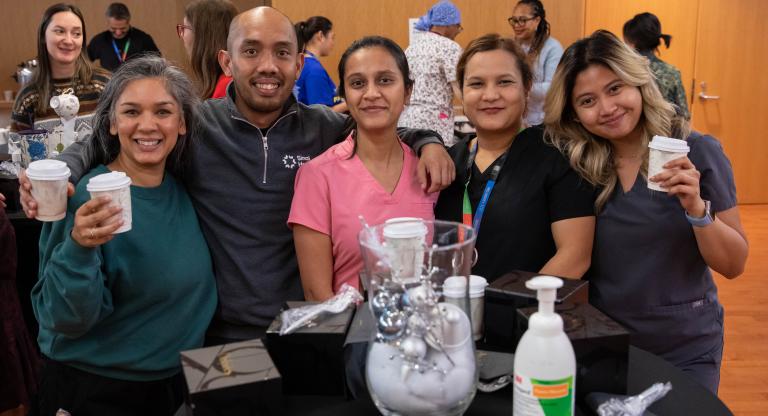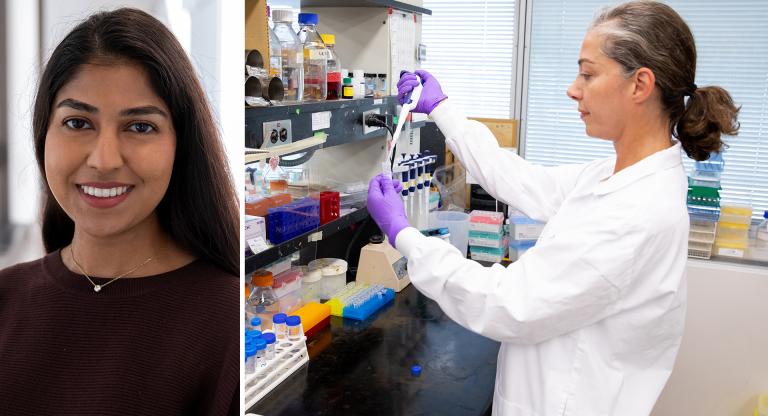How Canadian hospitals adapted to COVID-19 pressures
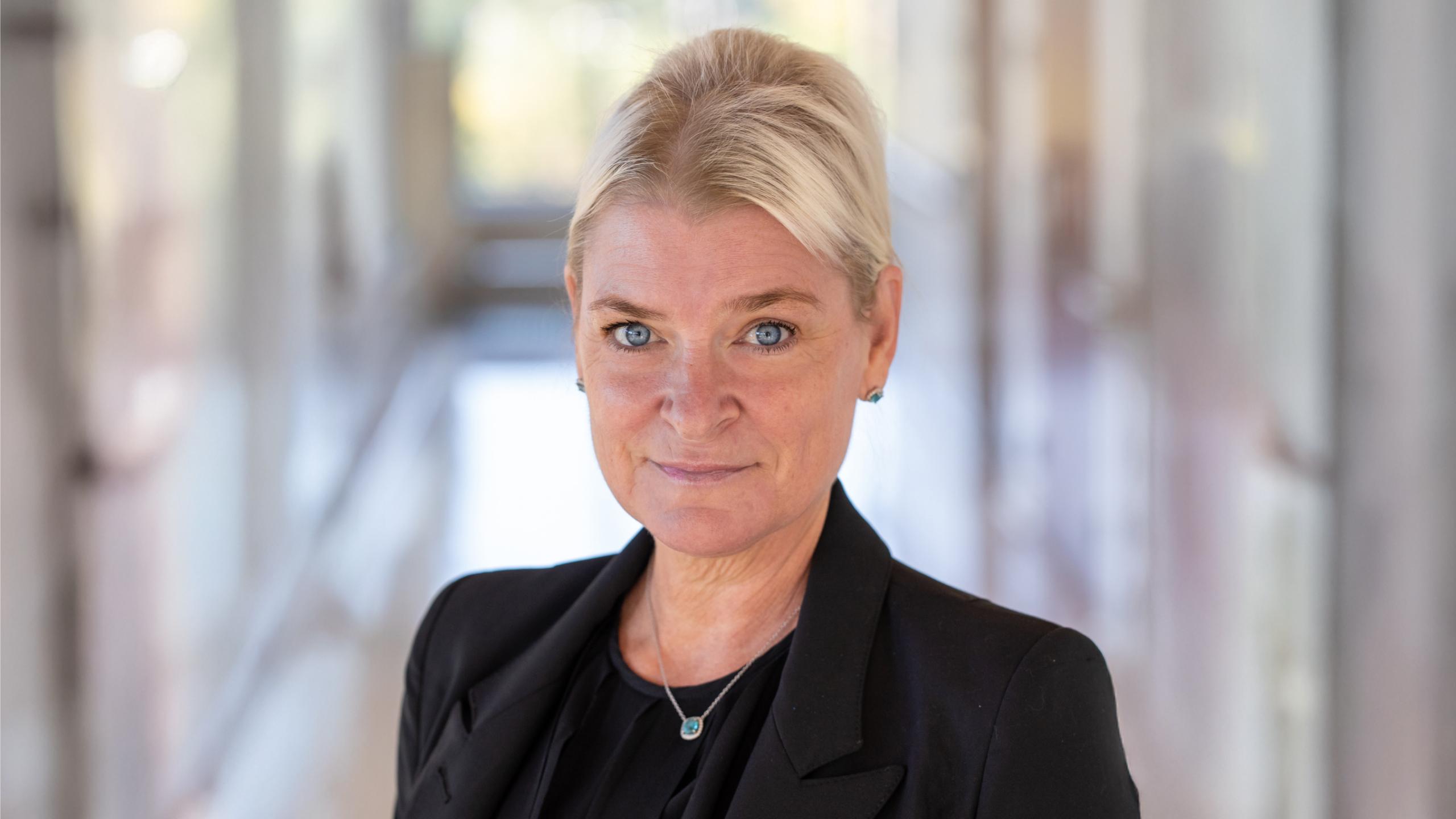
The COVID-19 pandemic placed healthcare systems around the globe under unprecedented strain, forcing them to adapt rapidly to surging patient volumes, critical staffing shortages, and constantly evolving clinical knowledge.
Now, two new studies led by researchers at Sinai Health are among the first to examine how hospitals adapted during and after the pandemic—and the impact of these changes on both patients and healthcare workers.
Published in BMJ Open and PLOS ONE, the companion studies draw on interviews with 118 healthcare professionals conducted between 2022 and 2023 across six hospitals in Ontario and British Columbia. Together, they paint a picture of a system under pressure—where innovation and creative thinking were essential, but not without cost.
The studies were led by Dr. Lianne Jeffs, Chief Scientific Officer of Science of Care Institute at Sinai Health and Sinai Health’s first-ever Research and Innovation Lead.
“The pandemic placed immense pressure on the entire healthcare system—not only because of the complexity and acuity of patients’ conditions, but also due to the constantly evolving understanding of how to manage the virus as it mutated,” said Dr. Jeffs who is also a Senior Clinician-Scientist at the Lunenfeld-Tanenbaum Research Institute (LTRI). She further shared, “Widespread staff shortages caused by illness and burnout forced us to think creatively and adapt on the fly in order to continue delivering quality care.”
The BMJ Open study focuses on how hospitals adapted their staffing models to meet surging demand. From redeploying nurses to unfamiliar units to introducing new roles like clinical externs and safety officers, healthcare leaders scrambled to fill critical gaps. Clinical externs—often nursing students—emerged as a particularly successful innovation. Acting as an “extra pair of hands,” they provided essential support such as bathing, feeding, and turning patients, which freed up regulated staff to care for critically ill individuals. At the same time, the externship created a pipeline for future recruitment, as many externs secured employment after gaining hands-on experience during their training.
“These were not merely temporary fixes,” said Dr. Jeffs, who is also an Associate Professor at the Institute for Health Policy, Management and Evaluation at the University of Toronto. “The staffing models implemented during the pandemic are now shaping how we approach workforce planning—and many remain in place today, especially as staffing shortages persist.”
While staffing strategies evolved, so too did the way care was delivered. The PLOS ONE study reveals how healthcare professionals prioritized, clustered, and sometimes modified care delivery to cope with overwhelming workloads.
Care was triaged based on system capacity, patient volume, and complexity, with the sickest patients receiving attention first. Clustering or bundling care—such as feeding, bathing, and administering medications during the same clinical interaction—was reported as one of the most effective approaches, as it saved staff time and helped reduce the spread of the virus.
However, prioritizing care meant that other aspects—such as emotional support, hygiene (especially oral hygiene), and even turning patients to prevent bedsores—were sometimes missed. Another compounding factor was the restriction of visitation, which prevented family members and care partners—who often play a key role in care—from participating in care delivery.
These adaptations, while necessary, left many healthcare workers grappling with moral distress. “We heard from nurses who felt they were no longer able to provide the kind of holistic, compassionate patient-centered care they were educated to provide,” said Dr. Jeffs.
Both studies underscore the need for anticipatory strategies that can be activated before a crisis hits. The researchers call for flexible staffing models, clear redeployment guidelines, and support systems that prioritize both patient safety and staff well-being.
“What we’ve learned is that healthcare organizations need to be both flexible and anticipatory—able to plan proactively for future pressures while also adapting in real time. Some of the shortcuts taken during the pandemic turned out to be safe and effective, and not all innovations led to compromised care. The key now is to build on these lessons to evolve models of care and staffing that ensure safe, high-quality compassionate care moving forward,” said Dr. Jeffs.
The BMJ Open study was supported by funding from the Canadian Institutes of Health Research.

